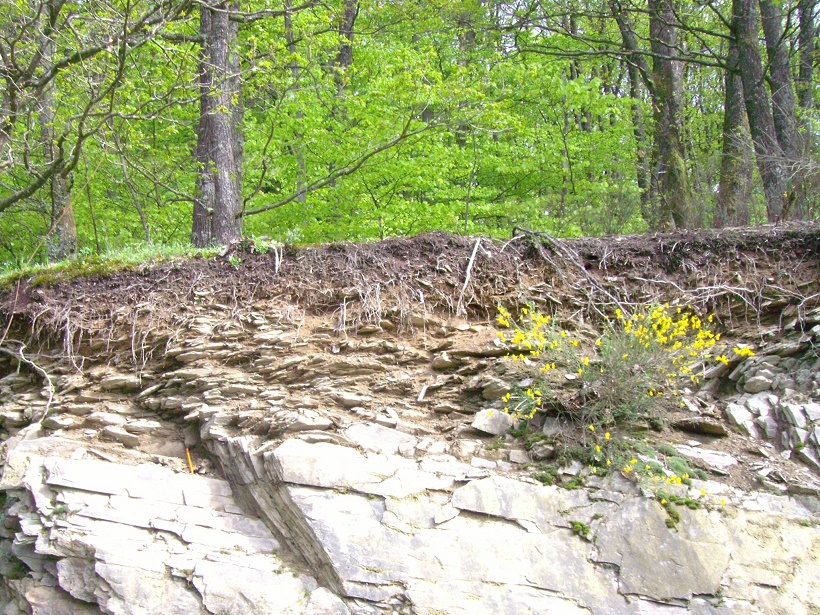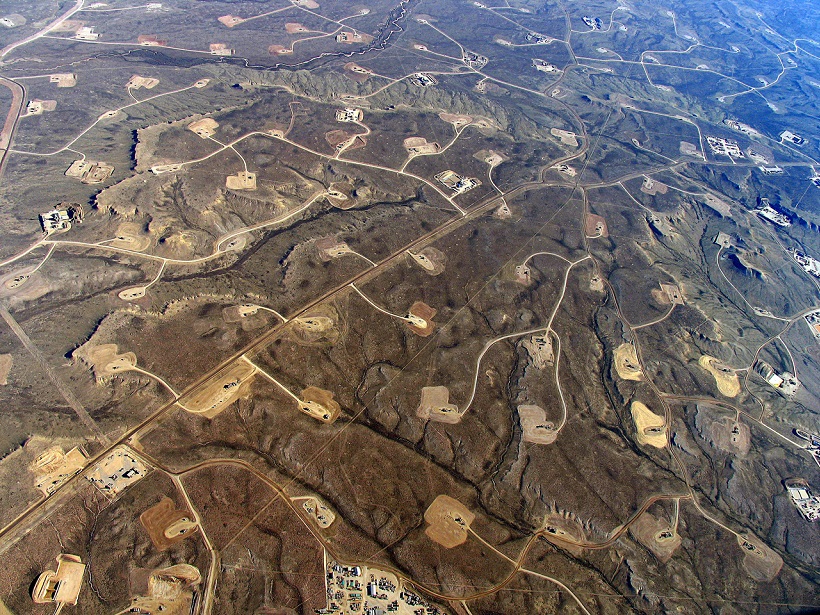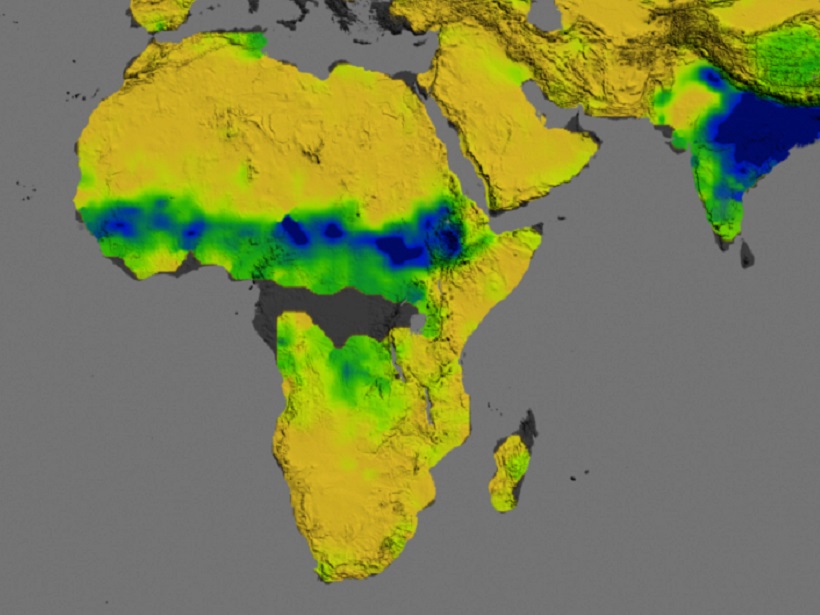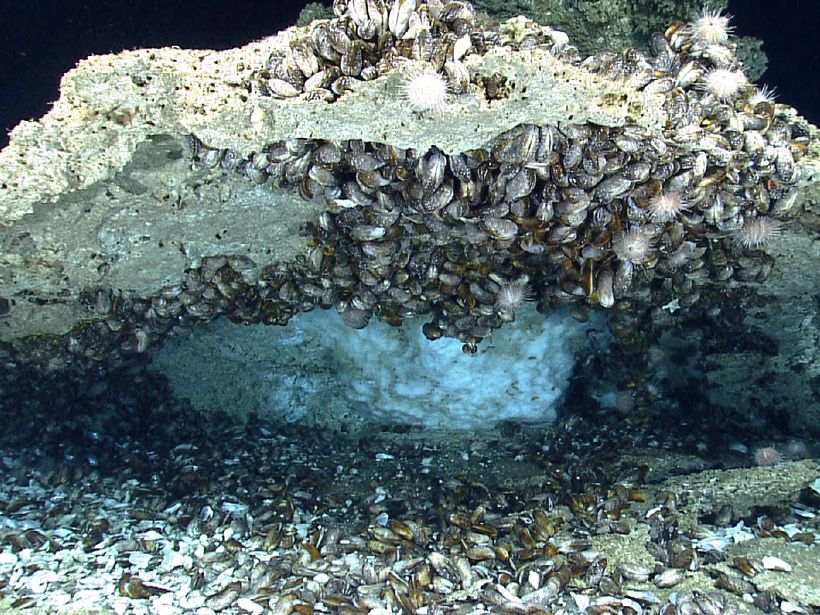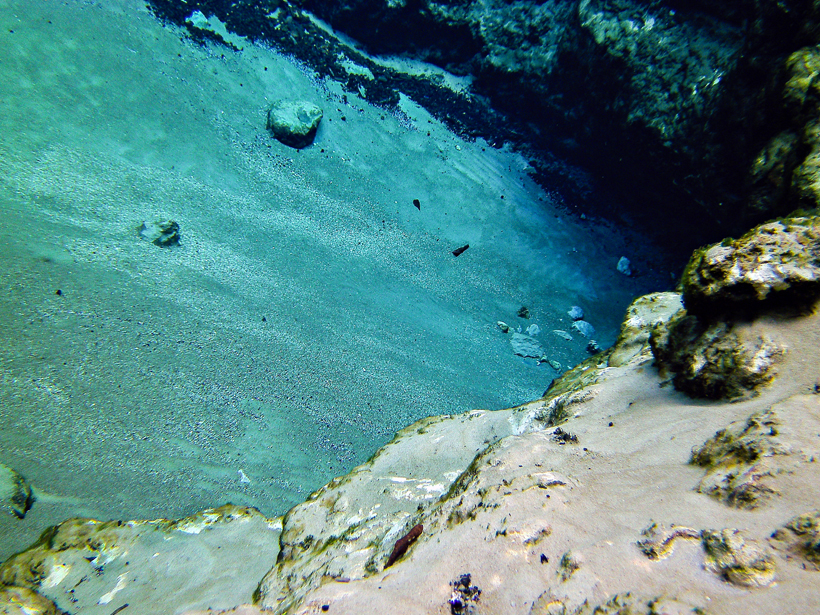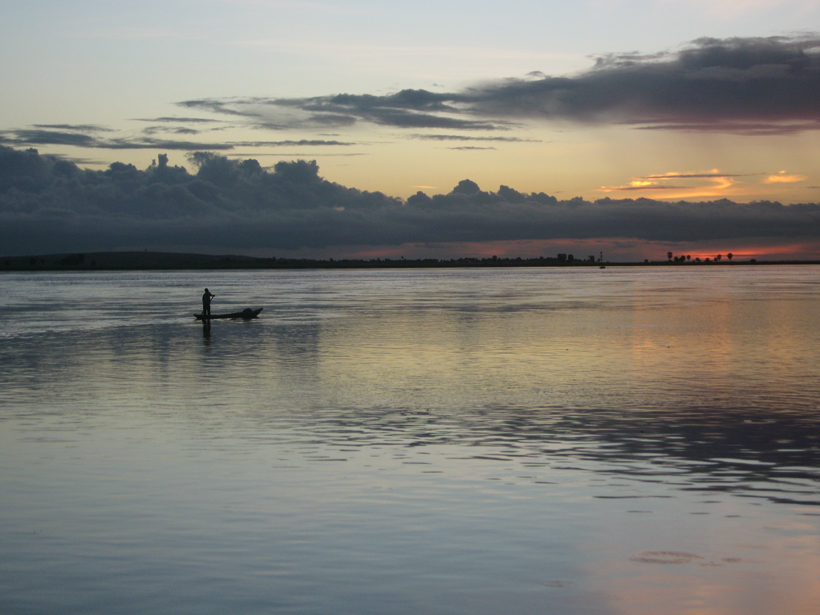A recent paper in Reviews of Geophysics describes the atmospheric and oceanic processes that are causing ice loss in the Antarctic.
Reviews of Geophysics
Tracing Water Through the Critical Zone
The authors of a recent paper in Reviews of Geophysics describe how isotope hydrology offers new insights into interactions at the interface between soil, vegetation, and the atmosphere.
The Challenges Posed by Induced Seismicity
A recent paper in Reviews of Geophysics examined the increasing incidence of seismic events caused by industrial activities.
Seeing Soil Moisture from the Sky
A recent paper in Reviews of Geophysics describes techniques for improving the spatial resolution of satellite data on soil moisture.
Could Subsea Methane Hydrates Be a Warming “Tipping Point”?
The authors of a recent paper in Reviews of Geophysics answer questions about the potential for subsea methane hydrates to contribute to global warming.
Measurements and Models of Reactive Transport in Geological Media
Author Brian Berkowitz answers questions about his recently published article and the scientific and societal implications of his findings.
Promoting the Universal Language of Science: Translating Congo Research
Overcoming barriers to broaden scientific discovery in the Congo
The Quest to Understand Reversals in Earth's Magnetic Field
A review of the major features of the geomagnetic reversals preserved in Earth's rock record helps to answer the question, Which data could advance our understanding of these poorly described events?
Polarity Reversals in the Earth’s Magnetic Field
Studies of geomagnetic polarity reversals have generated some of the biggest and most interesting debates in the paleomagnetic and wider solid Earth geophysics communities over the last 25 years.
When Rivers and Tides Collide
Scientists review several decades of research on the complex freshwater reach where fluvial and tidal forces meet.


